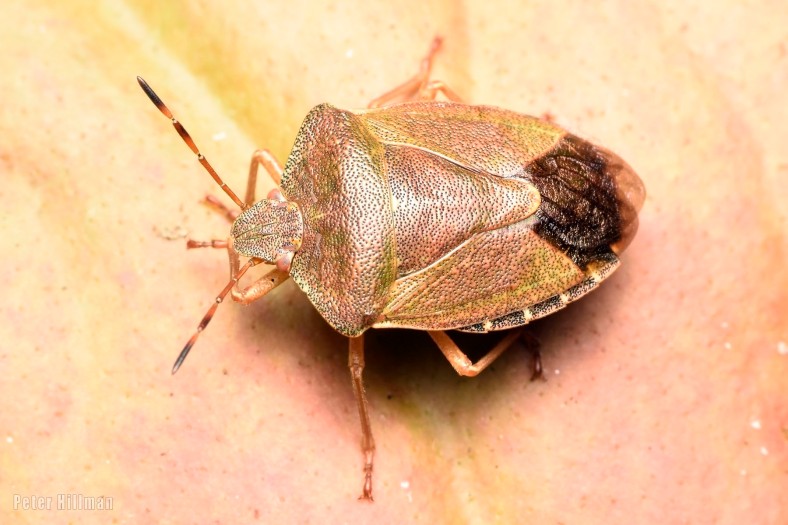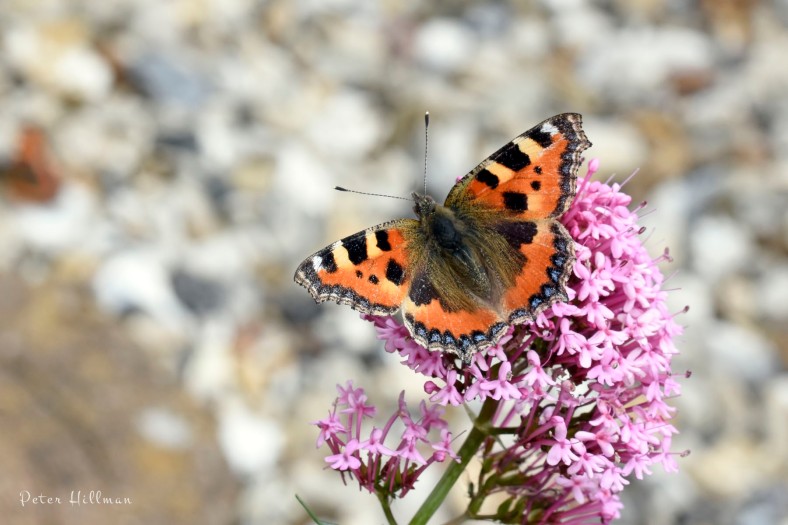x16 photos. Double click to enlarge
It was when I purchased my first digital camera back in 2005, a Sony Cybershot compact camera, that my love for nature and the side of the natural world, that is not always often seen but is always there to be found, became rekindled. My interest in moths – ‘moth mania’ I call it – began from a young age when I used to stay up a little at night with my older brother Steve, looking out for these nocturnal insects. In those days I used to paint and draw them, especially those with vivid patterns and colours like the Garden Tiger, which has sadly declined over the years since, and I have not yet seen one here to photograph.

So since 2005, I have photographed over 250 (and still counting with lots of past images still to go through and positively identify) species of moth and have uploaded them to this site. 250 is small fraction of the 2,500 or more species of moth to be found throughout Britain. Not all are attracted to light. Some are attracted to feromones or sugar. Some are day-fying moths, and some are rare and localised to different areas of the country.
Oddly enough, in the year 2010 I apparently did not take one single moth photo, but a year later moth mania hit me again and I photographed over 150 different species of moth!

After buying different compact cameras over the years, it was in 2014 I purchased my first DSLR camera the Nikon D3200.
2016 was the year I upgraded my camera to the Nikon D7200 (which I still use to this day) , and in 2017 it was another year the moth mania got to me. It was a very bountiful year for moths.
The thing with moths is that they can be seen all year round, even during the winter months where most other insects are hibernating.



































































































































